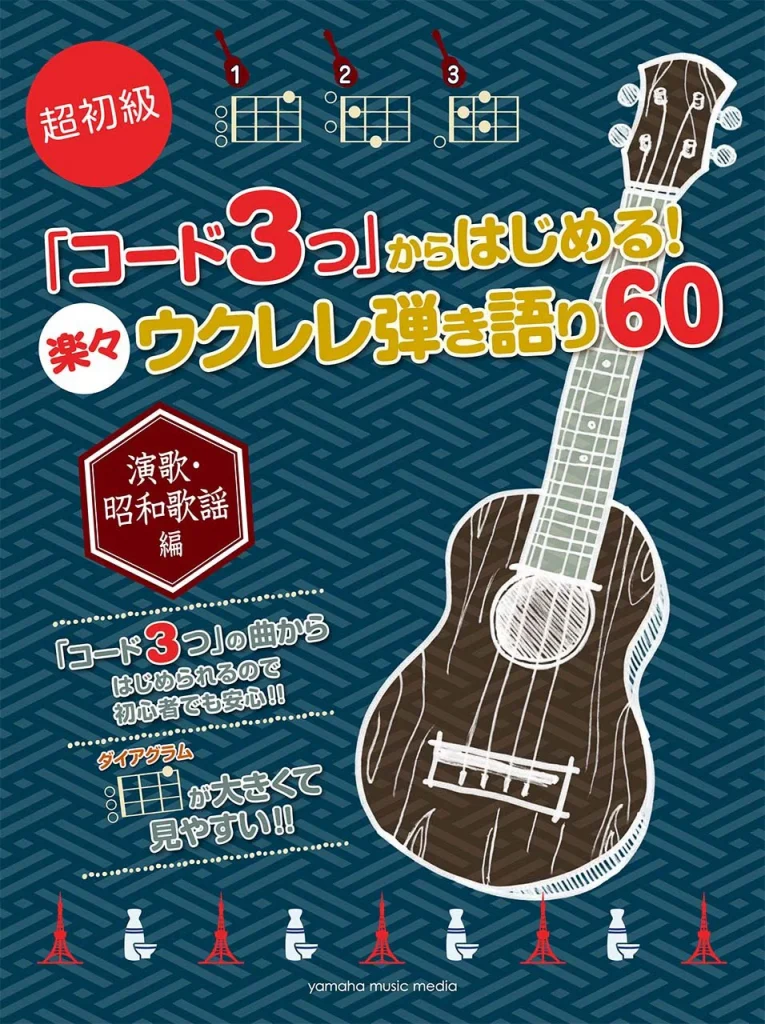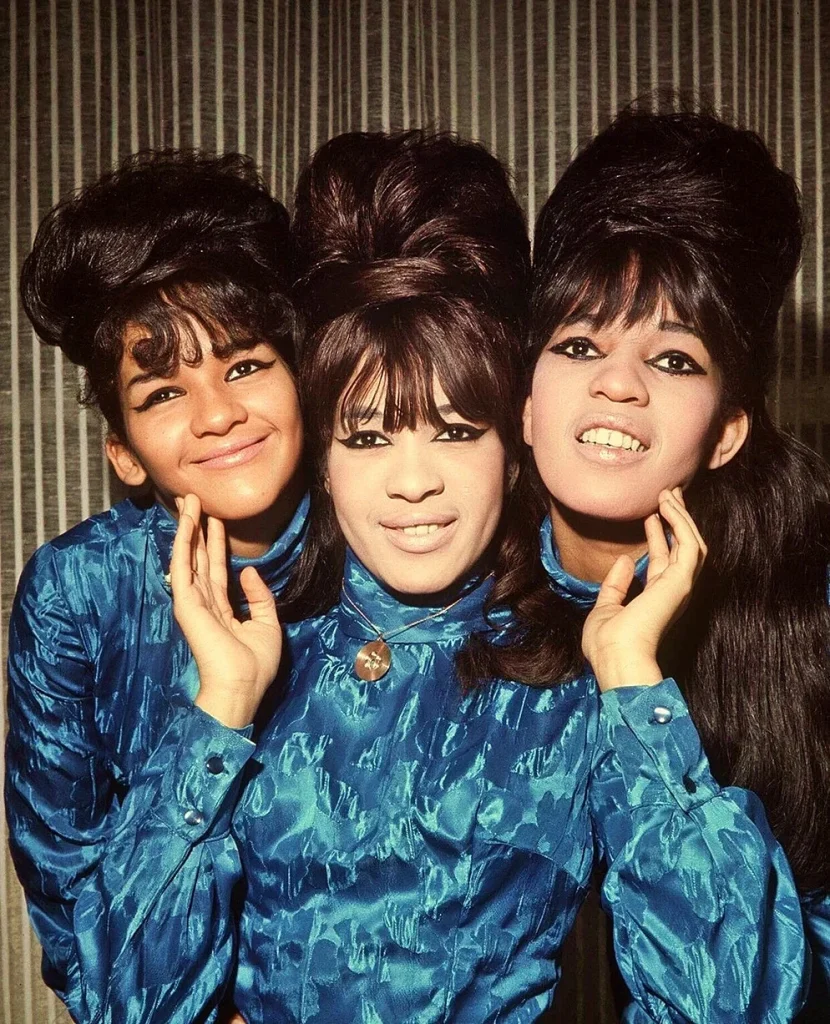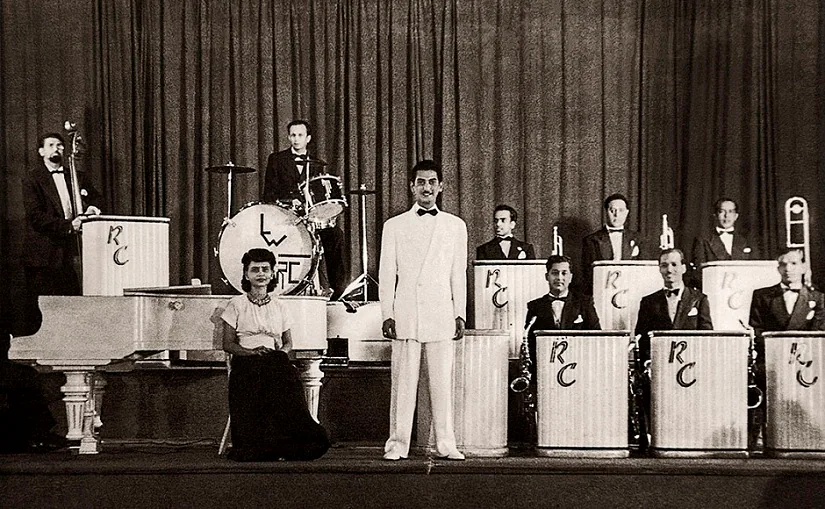
Today, 18 December, marks UNESCO’s World Arabic Language Day, commemorating the date in 1973 when the United Nations General Assembly recognized Arabic as the sixth official language of the Organization. Arabic, one of the most widely spoken languages in the world, has inspired a rich and diverse aesthetic across fields such as architecture, poetry, philosophy, and song. UNESCO highlights that Arabic provides access to a vast array of identities and beliefs, with a history that showcases its deep connections with other languages. The language has played a crucial role in the spread of knowledge, facilitating the transmission of Greek and Roman sciences and philosophies to Renaissance Europe. Arabic has also been a bridge for cultural exchange along the silk roads, linking cultures from the coast of India to the Horn of Africa.
The Arabic language also has played a crucial role in shaping the musical practices of the Middle East. The arrival of the Arabs in North Africa, for example, had a profound impact, leading to the widespread adoption of Islam throughout the region and the expansion of the Arabic language in cities, towns, and rural areas. While some groups, like the Berbers, maintained their own language, they adopted Arabic for use in public spaces such as shops, schools, and businesses. This linguistic shift influenced the development of musical traditions and practices across the region, with Arabic becoming a key component in the cultural and musical landscape.
From the 1930s to the 1950s, both Algerians and Moroccans were deeply involved in anticolonial struggles against France. Revolutionaries from both nations used the Arabic language as a tool to unite the population around the vision of a nation standing together against colonial rule. Following their respective independences–Morocco in 1956 and Algeria in 1962–both countries declared Arabic as the national language and positioned it as a key element of their cultural identity.

In this regard, the music of the Arab world—a vast region stretching from western North Africa to the Arabian Peninsula and Mesopotamia—can be studied as a unified domain, especially when considering common factors such as the prevalence of Islam and Islamic institutions, the widespread use of the Arabic language, and the historical, political, and artistic connections that link the various Arab communities. However, music also exhibits significant internal diversity, reflecting the rich cultural variations across the region.
This according to The Garland encyclopedia of world music. The Middle East. Find it in RILM Music Encyclopedias. The volume on the Middle East features expert writers on the region who present the major traditions of North Africa, the Middle East, and Central Asia, together with personal accounts of performers, composers, teachers, and ceremonies. Also included are dozens of brief essays that offer stories of typical musicians and genres, along with first-person descriptions of specific music performances and events, maps, and music examples.





























